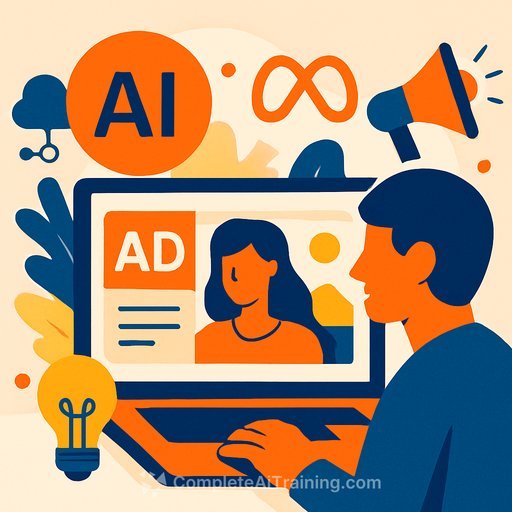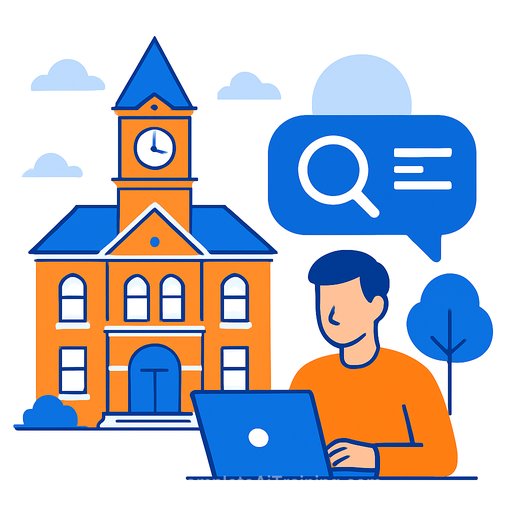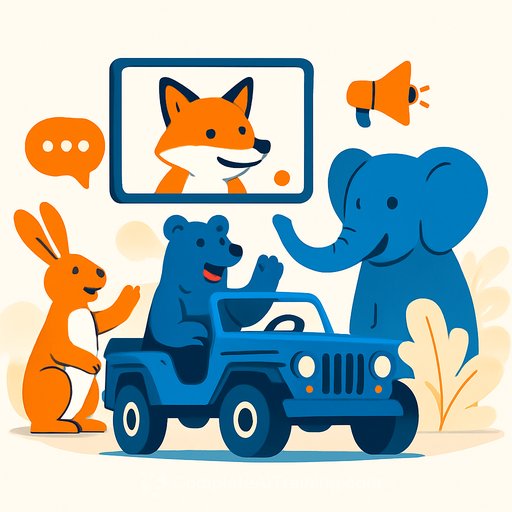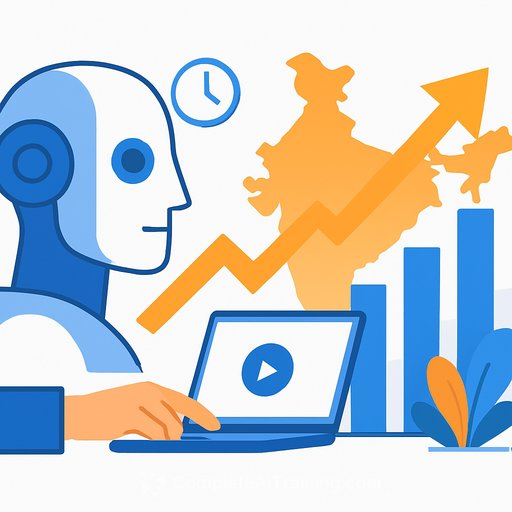Meta Introduces AI Agents to Automate Ads for Brands and Shoppers
Meta is moving further into automation with AI agents that handle sales and marketing tasks end-to-end. The company introduced a suite of tools to help brands sell products and help shoppers discover them-pushing toward a future where advertisers set budgets and objectives, and Meta manages the rest.
The headline product, Business AI, operates as a sales agent for eligible U.S. businesses. Think of it as a digital rep that can guide shoppers, answer purchase questions, and move people toward conversion-without manual intervention from your team.
Why This Matters for Marketers
- Less manual setup: Campaign structure, targeting, and optimization shift further into Meta's stack.
- Faster conversions: AI agents can respond instantly to consumer intent and reduce drop-off.
- Performance compounds: The more data you feed the system, the better it can predict, personalize, and close.
What Business AI Likely Handles
Based on Meta's positioning, expect automation across product discovery, shopper Q&A, and conversion flows. The intent is to minimize back-and-forth and remove friction from the buying process.
For brands, that means fewer manual touchpoints and more emphasis on inputs: clean product data, clear objectives, and reliable measurement.
How to Prepare Your Account for AI-Driven Automation
- Product data: Sync a complete, accurate product catalog (titles, images, price, availability). Keep it current.
- Conversion signal quality: Implement Conversion API with deduplication. Ensure events fire quickly and consistently.
- Creative foundations: Provide multiple creative variants (image/video, hooks, offers) so the system can test and learn.
- Clear objectives: Optimize for a single primary outcome (purchase, lead, subscription). Avoid mixed goals in the same campaign.
- Budget structure: Consolidate where possible. Fewer, stronger campaigns help learning and reduce overlap.
- Guardrails: Set inventory exclusions, brand safety preferences, and geo/age constraints upfront.
Measurement You Can Trust
- Baseline now: Capture current CPA/ROAS before switching to AI agents.
- Holdouts: Run geo or audience holdouts to quantify incremental lift.
- Attribution clarity: Align teams on attribution windows and reporting sources to prevent "dueling dashboards."
- Creative feedback loop: Tag assets consistently so you can connect inputs (hooks, offers) to outcomes.
Risks and How to Reduce Them
- Overfitting to short-term goals: Balance lower-funnel optimization with higher-funnel signals if you have a longer sales cycle.
- Data gaps: Poor event quality degrades results. Audit event match quality and latency monthly.
- Brand voice drift: Provide approved copy blocks, tone guidelines, and restricted claims to keep the agent on-brand.
30-Day Action Plan
- Week 1: Catalog audit, event quality check, and CAPI validation. Document baseline performance.
- Week 2: Build creative sets with clear angles (price, social proof, urgency, value). Standardize naming and tags.
- Week 3: Launch a controlled Business AI test for a single product line or offer. Set budget caps and clear success thresholds.
- Week 4: Review results against holdouts. Scale if CPA/ROAS meets target; otherwise iterate inputs (data, creative, offer).
What This Signals About Meta's Direction
Meta is steering budgets toward automated systems that optimize across its surfaces. Your leverage moves from micromanaging campaigns to improving the inputs those systems need-data, creative, and clear goals.
Teams that adapt their workflows now will spend less time on manual tweaks and more time shaping strategy and offers.
Where to Learn More
Upskill Your Team in AI-Driven Marketing
If you want structured training on AI for marketing workflows, see this certification path: AI Certification for Marketing Specialists.
Your membership also unlocks:






